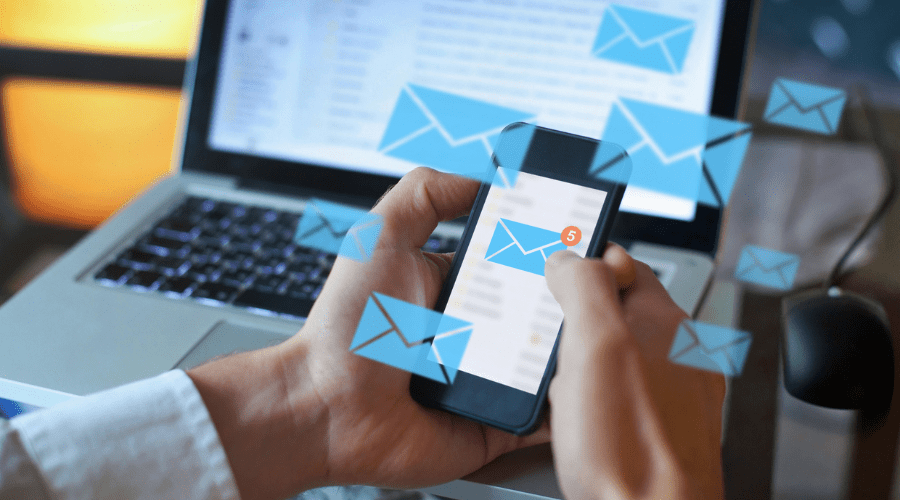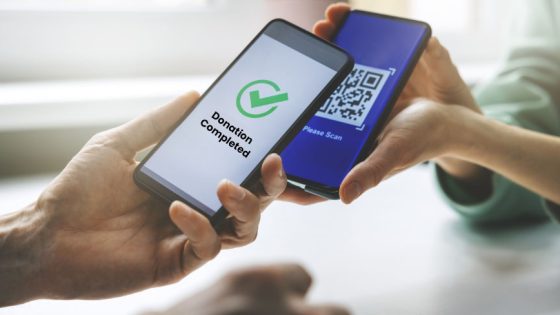Email newsletters are a low-cost tool for nonprofits to keep in contact with their constituents, share news, and seek donations, but are newsletters as effective in 2021 as they once were? You bet! According to research by Litmus, email newsletters have a $36 return on investment for every $1 spent. That is a higher ROI than any other print or digital marketing. So how do we keep this wise investment of our time from ending up in SPAM no man’s land? The following are my top 11 tips. There are other, more complex strategies, but these tips are simple to implement and can make a big difference if you are not already doing them.
Ways to Keep Newsletters out of the SPAM Folder
Did you know that there is a law that sets rules for sending marketing emails in the United States? It’s called CAN-SPAM, and while these are only some of the requirements of the CAN-SPAM ACT, the first four tips will help you avoid triggering the SPAM filter and stay legit.
- Have a visible and operable way for people to unsubscribe. Always. It can be at the bottom and in smaller font but never skip it.
- Promptly honor unsubscribe requests. It is good form, and it’s the law.
- Include a contactable physical address. Email platforms usually include your physical address automatically. Double-check that the address is there, accurate, and complete.
- Don’t be misleading in your subject lines. Clever subject lines are tempting, but misleading subject lines like, ‘You are a winner,’ will send you into junk mail fast. You can check your own SPAM folder to get an idea of subject lines that can trigger SPAM filters.
The following tips are not about abiding by the CAN-SPAM ACT, but they will help to keep you out of SPAM jail.
- Don’t use lots of symbols or all caps in the subject line. SPAM filters monitor subject lines carefully for content that seems exaggerated or over-the-top. These might include:
-
- Lots of symbols*****
- Too many exclamation points!!!!
- Text colors, like bright blue
- ALL CAPITAL LETTERS
- Don’t let your email file size get too large. An email with a large file size is perceived as questionable by SPAM filters. Keep your images as small as possible, while making sure they look good on both a desktop computer and mobile device. A good rule of thumb is not letting your email size exceed 30kb, which still allows for an image-rich newsletter.
- If possible, use a “human” email address as the sender. Using the email address of someone that works at your organization as the sender will evade SPAM filters better than an impersonal email like noreply@yourorganization.org.
- Don’t make your email a single image. Your event invitation or a page from an impact report might seem like a great idea for an email, but it is likely to get marked as SPAM because it is a common practice used by spammers.
- Keep your email list clean. If you keep sending to emails that are “undeliverable” or “hard bounces,” email filters may start flagging your emails as SPAM. Some email platforms stop sending emails to a recipient after one hard bounce. Check how your email platform works. Before you send your next newsletter, remove recipients that are “hard bounces,” which means the email is bouncing for a permanent reason.
- Help recipients recognize who you are. Use your brand colors, place your logo at the top of the email, or include an image to help recipients recognize that this email is from you–someone they gave permission to. You might accidentally be marked as SPAM, even when you have the very best intentions (we know you do)!





